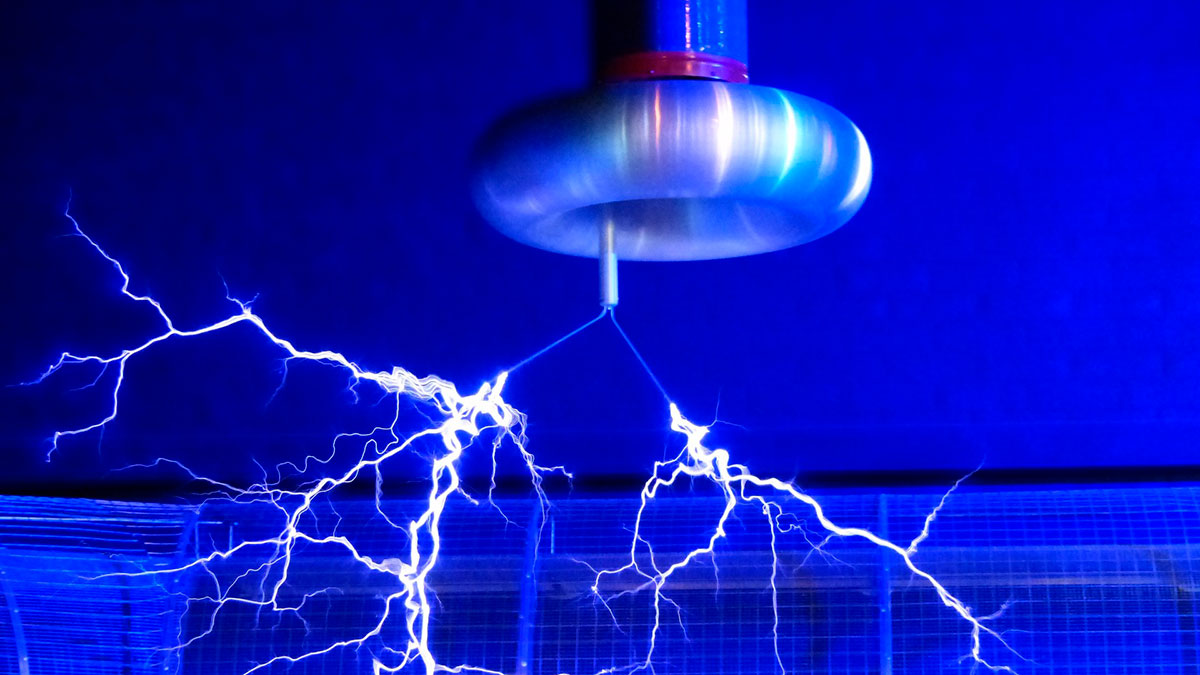Electricity without wires is not a new concept. Nikola Tesla already demonstrated it more than a century ago. In the 1970s, NASA explored the feasibility of transmitting electricity via microwaves in space projects. Today, some private companies and electricity distributors are developing technologies such as the use of microwaves, lasers and other long-distance transmission methods to transfer electricity wirelessly.
Due to the rapid advancement of these systems, different regulatory codes, such as the US National Electrical Code (NEC), address their potential impact and the potential safety risks associated with them.
The operation of this technology is based on two methods:
-Near-field energy transfer: it uses magnetic fields and magnetic coupling between resonant coils in the transmitter and receiver.
Far-field power transfer: employs microwave or laser radiation, allowing transmission over long distances.

These electricity transfer technologies are applied to domestic environments, such as charging mobile phones, electric vehicles or household appliances, and to urban environments, where they can power sensors, traffic lights or street lighting. They also have military applications, such as powering drones and other electric vehicles in the air. Finally, there are space applications to consider, such as geostationary satellites equipped with solar panels to send power to remote areas of the Earth, or to ensure communications during emergencies.
However, the challenges facing these technologies are significant. They must ensure the safety of people and animals exposed to the energy beams. Avoiding potential electromagnetic interference problems is another challenge. Finally, they must be optimised for long-distance transmissions.
Although, as mentioned above, several companies and organisations are already developing viable commercial solutions and collaborating with entities such as the military and industrial sectors, the adoption of wireless power transmission on a mass scale could still take 10-20 years to materialise. This will require further technological advances and new regulations to ensure its safe and efficient use in society.
By Juan Carlos Soria, Senior MEP Engineer in Amusement Logic’s Architecture Department






